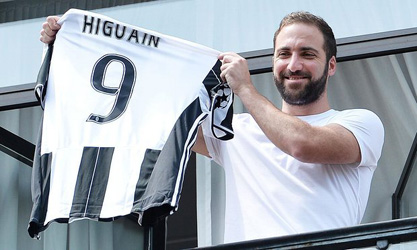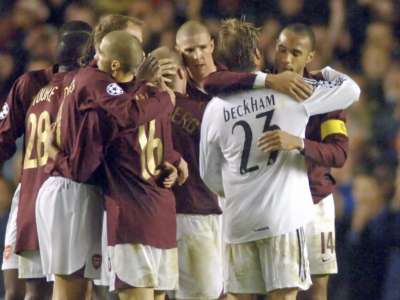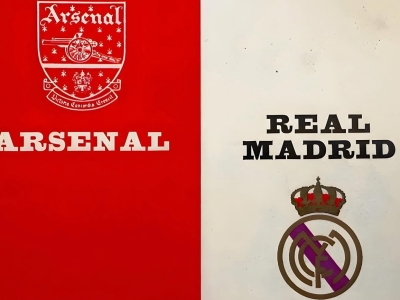Quality! We all want it. When choosing a service or a product, we look for hints and clues to avoid the risk of buying a defective product or unsatisfactory service. Buying a footballer isn’t any different either.
In statistical terms “type II error” or consumer’s risk is the risk that a club takes to pay millions for a seemingly good player but then to realize he isn’t as good as they thought he would be.
Yaya Sanogo is a great example of this risk that is actually realized. Arsenal signed him in 2013 and continues to pay for his wages but Yaya has failed to become the striker we hoped he would be at the time when he was signed.
However, that’s only one side of the coin. As any quality or risk expert would tell you any decision about accepting or rejecting the quality of a player has another side and that’s known as a “type I error” or manufacturer’s error. That’s when you refuse to buy a player as he is deemed inferior but in actuality he is good.
Perhaps the best example of this error in judgment is the Gonzalo Higuain saga. In the transfer window leading to season 2013–14 Higuain was heavily linked to Arsenal. Wenger‘s valuation of the player prevented him from joining Arsenal. Napoli proved to be decisive and paid €39m for him.
In the period of three seasons Higuain managed to score 71 goals for Napoli. And this year Napoli sold Higuain for €90m. Napoli calculated the risk of signing Higuain correctly and they were rewarded for that while Wenger’s skewed vision of risk analysis punished the club as the evidence shows.
By his own admission, Wenger has a long history of almost-signing many great players. The list includes names like Messi, Ronaldo and Higuain. But not signing these players is equally blameworthy as signing players like Sanogo. However it seems Wenger not only does not learn from his past mistakes but also he boasts about it.
One may argue that in hindsight it’s easy to analyze yesterday’s decision with today’s knowledge but that’s not the point. The first point is, Wenger clearly puts so much disproportionate emphasis on minimizing the risk of signing a poor player that consequently it backfires and increases the risk of making another error in return.
The second point is, that even though Wenger is frequently vocal about doing everything possible to minimize the risk of signing players that don’t improve the quality of the team but even that risk analysis is not conducted properly at the club. The evidence for this is a long list of signings under his reign that includes names like Arshavin, Almunia and Chamakh, etc.
It’s yet to be seen if Arsenal will sign a high calibre player in the 2016 transfer window. But regardless of the outcome one thing is for sure. And that is, as much as Wenger and Gazidis brag about going to a great length of due diligence to secure the financial future of the club by avoiding the signing of inferior players, the club’s imbalanced approach to risk analysis has handicapped the club from achieving success. Perhaps they should loosen their purse string and pay for world calibre players as both type of risks demand equal respect and attention and both can impact the club financially as the history shows.










